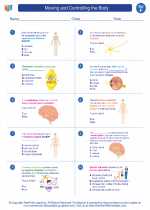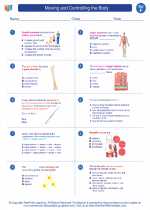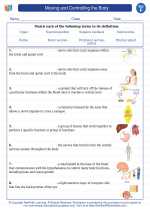Esophagus
The esophagus is a muscular tube that connects the mouth to the stomach. It plays a crucial role in the process of digestion by transporting food from the mouth to the stomach through a series of coordinated contractions known as peristalsis. The esophagus is part of the digestive system and is essential for the proper functioning of the human body.
Anatomy of the Esophagus
The esophagus is approximately 25 centimeters long in adults and is located behind the trachea. It runs through the chest cavity and diaphragm before connecting to the stomach. The walls of the esophagus are made up of muscles that contract to push food downward towards the stomach.
Function of the Esophagus
The primary function of the esophagus is to transport food from the mouth to the stomach. This process involves the coordinated action of the muscles in the esophageal walls, which contract in a wave-like motion to propel the food downwards. The esophagus also contains sphincters at both ends to control the flow of food into and out of the organ.
Common Conditions and Disorders
Several conditions and disorders can affect the esophagus, including gastroesophageal reflux disease (GERD), esophageal cancer, and esophagitis. These conditions can cause symptoms such as heartburn, difficulty swallowing, and chest pain, and may require medical intervention for treatment.
Study Guide
- What is the function of the esophagus in the digestive system?
- Describe the anatomy of the esophagus, including its length and location in the body.
- Explain the process of peristalsis and its role in the function of the esophagus.
- Identify and describe common conditions and disorders that can affect the esophagus.
By understanding the anatomy and function of the esophagus, as well as common conditions that can affect it, you can gain a comprehensive understanding of its role in the digestive system and the importance of maintaining its health.
.◂Science Worksheets and Study Guides Sixth Grade. Moving and Controlling the Body

 Worksheet/Answer key
Worksheet/Answer key
 Worksheet/Answer key
Worksheet/Answer key
 Vocabulary/Answer key
Vocabulary/Answer key
 Vocabulary/Answer key
Vocabulary/Answer key
 Vocabulary/Answer key
Vocabulary/Answer key
